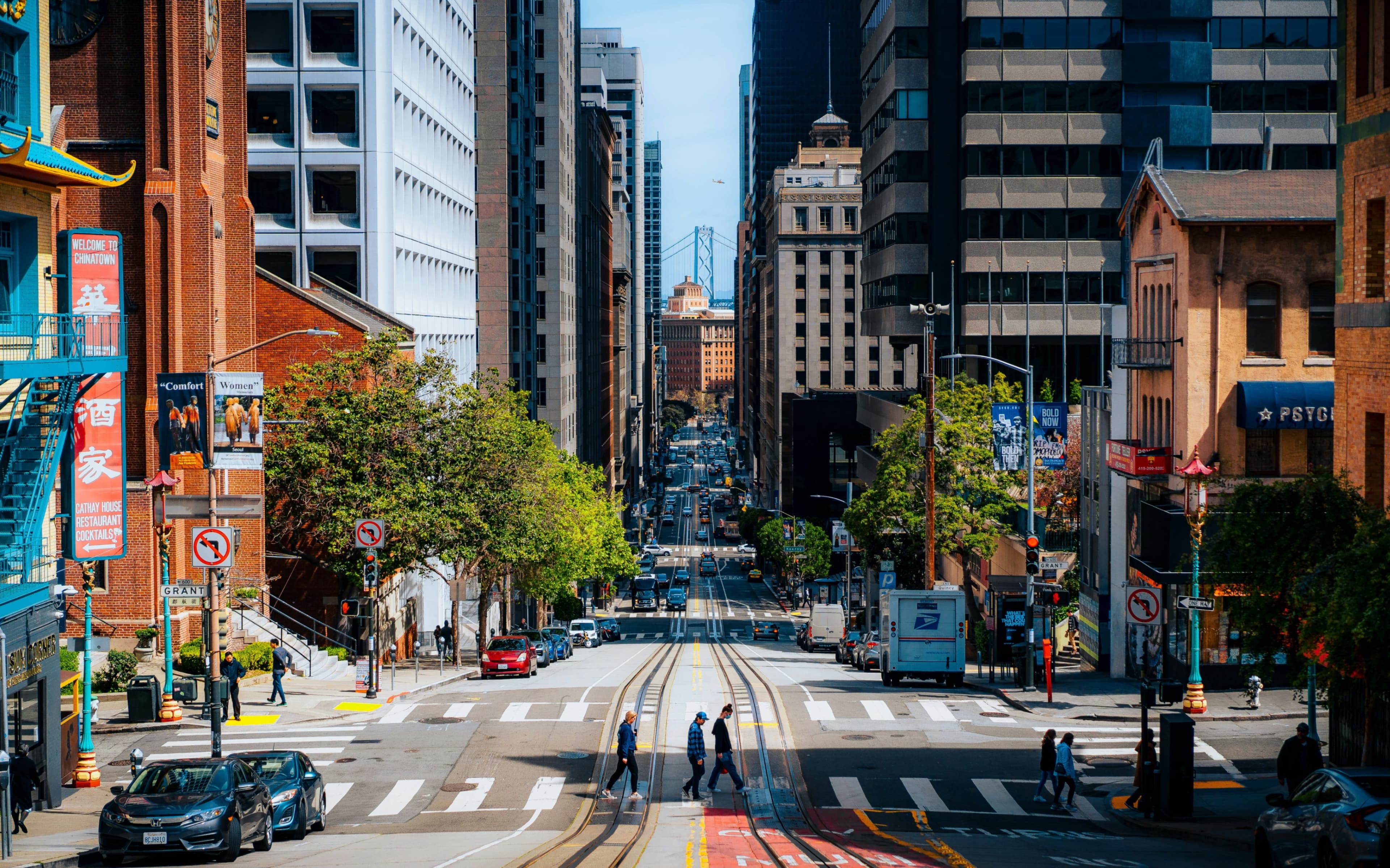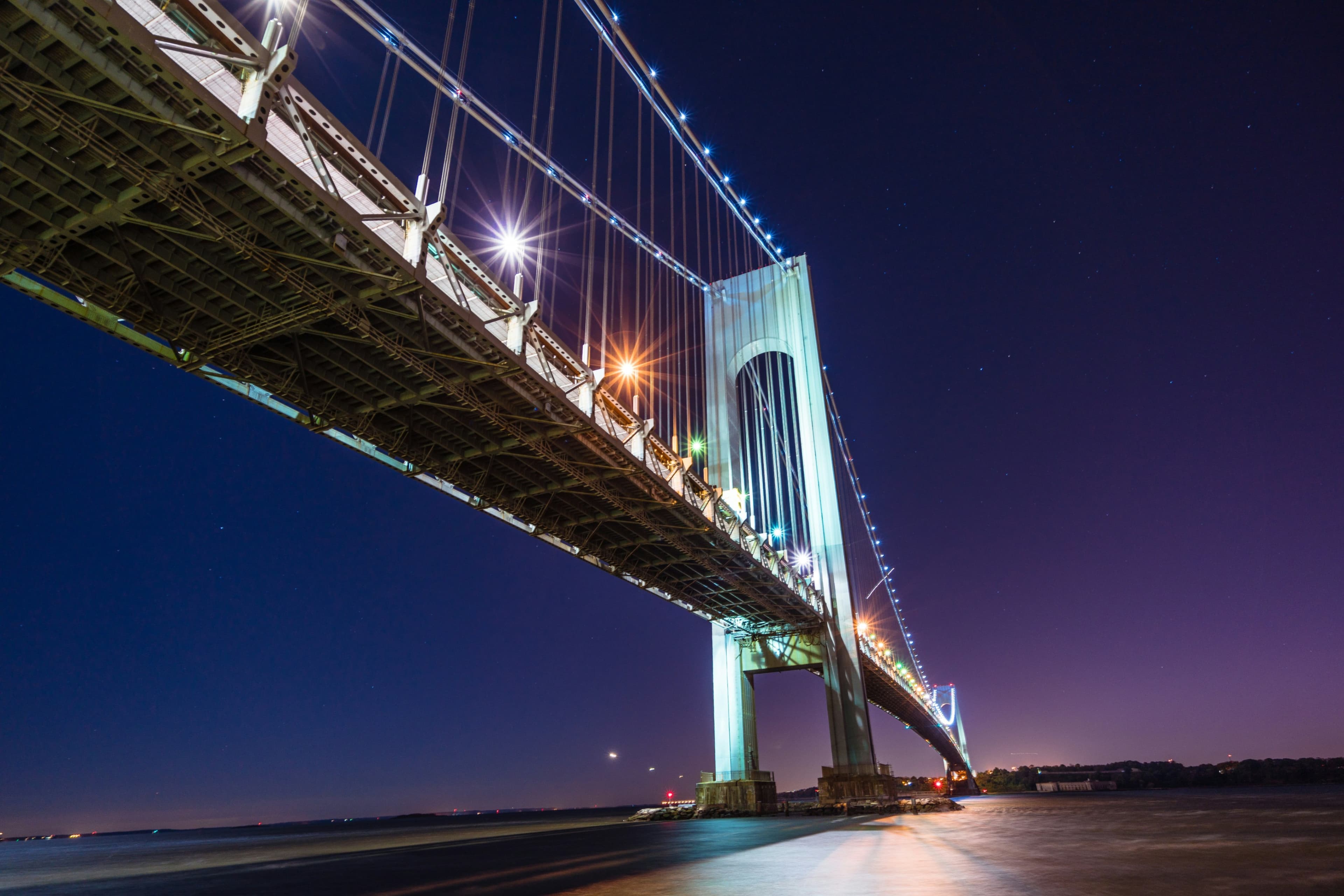
Case Study: Overcoming Modal Conflict in a Downtown Corridor
A notable example of successful collaboration occurred during the redesign of a downtown corridor in Minneapolis, Minnesota. The corridor was a critical connector for regional bus routes, bicycle commuters, and pedestrian traffic, but it suffered from frequent congestion, safety issues, and modal conflicts. Transit agencies faced pressure to maintain bus speed and reliability, while bicycle coalitions and neighborhood associations advocated for safer bike lanes and wider sidewalks. Businesses along the corridor were concerned about the loss of on-street parking and potential disruptions during construction.
The breakthrough came when the city convened a multi-stakeholder task force that included Metro Transit, advocacy groups like Our Streets Minneapolis, business improvement districts, and community councils. The task force met biweekly for over a year, supported by a team of engineers and facilitators. Through collaborative design charrettes and iterative public feedback sessions, the group co-developed a layout that included dedicated bus lanes, protected bike lanes, and redesigned loading zones. The result improved bus travel times by 12 percent, reduced bicycle crashes by 40 percent within the first year, and maintained access for local deliveries and parking through time-of-day adjustments1.
Building Consensus Around Shared Goals
One of the most essential strategies in infrastructure planning is identifying a shared vision early in the process. When divergent interests emerge, reframing the conversation around common outcomes—such as safety, economic vitality, or environmental sustainability—can help align stakeholders. For example, even when business owners initially oppose the removal of parking, presenting data on increased foot traffic from improved pedestrian access can shift the narrative toward mutual benefit2.
Facilitating this alignment requires careful listening and a structured approach to engagement. I often start with one-on-one conversations before formal meetings to understand each group's priorities and perceived risks. Bringing these perspectives into a common forum allows participants to see how their concerns are interconnected. Tools such as visual simulations, pilot demonstrations, and walk audits create a shared understanding of proposed changes, which fosters trust and buy-in3.
Managing Competing Interests and Leveraging Co-Benefits
Infrastructure projects frequently involve trade-offs. Accommodating a new bus-only lane might require reducing general-purpose lanes or removing parking. To manage these tensions, I use a co-benefit framing that highlights how one group's priorities can support another's. For instance, transit reliability can reduce car dependency, which in turn alleviates traffic for those who must drive. Similarly, enhancing pedestrian infrastructure can increase retail footfall, directly benefiting local businesses4.
Technical modeling also plays a role in these discussions. By quantifying projected impacts—such as changes in vehicle delay, emissions, or crash rates—we can introduce objective data into what are often emotionally charged debates. However, numbers alone are not persuasive without context. That’s why I ensure data is presented alongside stories from residents and
Read-Only
$3.99/month
- ✓ Unlimited article access
- ✓ Profile setup & commenting
- ✓ Newsletter
Essential
$6.99/month
- ✓ All Read-Only features
- ✓ Connect with subscribers
- ✓ Private messaging
- ✓ Access to CityGov AI
- ✓ 5 submissions, 2 publications
Premium
$9.99/month
- ✓ All Essential features
- 3 publications
- ✓ Library function access
- ✓ Spotlight feature
- ✓ Expert verification
- ✓ Early access to new features
More from Infrastructure
Explore related articles on similar topics





